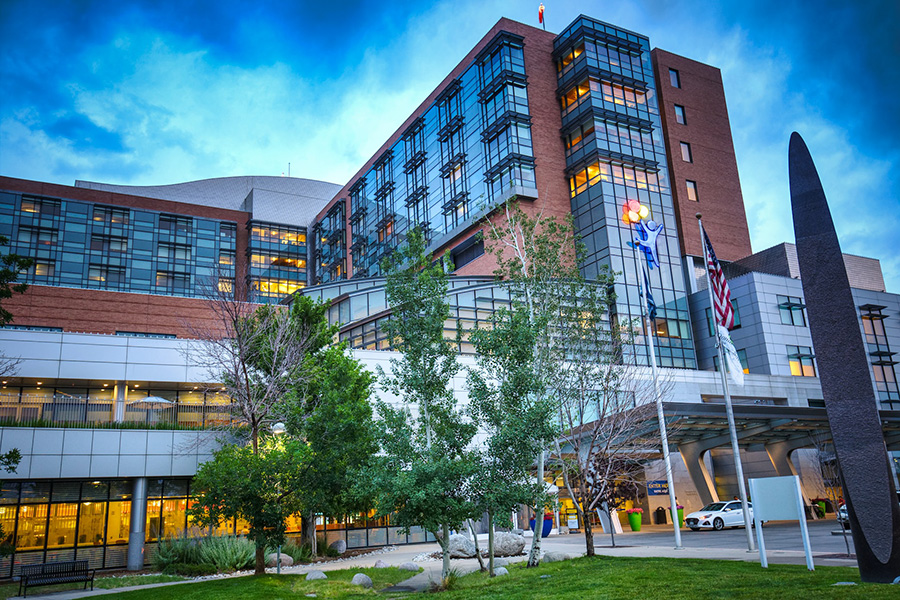Introduction:
Anterooms have been used for centuries in various forms. In ancient Roman architecture, they were called “vestibules” and served as transitional spaces between the outside and the interior of buildings. Moving ahead several centuries, anterooms are used in spacecraft and space stations to prevent contamination from Earth. Astronauts entering or leaving the spacecraft pass through anteroom-like spaces to minimize the transfer of microorganisms.
In the realm of healthcare facilities today, ensuring patient safety, infection control, and sterile environments are paramount. Anterooms play a pivotal role in achieving these goals, not only in hospitals but also in various other healthcare settings. This blog post delves into the versatility of anterooms and how they contribute to containment rooms, isolation rooms, infection control, cleanrooms, and more across the healthcare industry.
- Anterooms in Hospitals:
Anterooms are integral in hospital settings, particularly in isolation and containment rooms designed to prevent the spread of infectious diseases. They act as a transitional space, enhancing infection control by minimizing the transfer of pathogens between the patient’s room and the outer environment. These anterooms often feature temporary panels or dust barrier walls, providing an additional layer of protection.
Expanding Beyond Hospitals:
While hospitals heavily rely on anterooms, other healthcare facilities also benefit from their use. For instance:
- Outpatient Clinics: Anterooms can be employed to separate waiting areas from clinical spaces, reducing the risk of cross-contamination.
- Pharmaceutical Facilities: In cleanrooms within pharmaceutical facilities, anterooms maintain controlled environments, preventing contaminants from entering critical production areas.
- Isolation Rooms and Infection Control:
Anterooms are pivotal in maintaining isolation rooms for patients with contagious diseases. They serve as a buffer zone, allowing healthcare workers to don and doff protective gear, minimizing the risk of infection spread. This strict infection control is vital not only in hospitals but also in long-term care facilities and rehabilitation centers.
- Cleanrooms in Healthcare:
Cleanrooms are crucial in healthcare settings, such as pharmaceutical production and research labs. Anterooms create controlled environments, ensuring that the strictest cleanliness and sterility standards are upheld. They play a pivotal role in safeguarding the integrity of pharmaceuticals and medical devices.
- Anterooms and Temporary Panels:
Temporary panels are often incorporated into anteroom design to provide flexibility and ease of installation. These panels can be quickly assembled to create anteroom spaces, adapting to the specific needs of healthcare facilities. They enhance the functionality of anterooms in containment, isolation, and cleanroom applications.
Summary:
In healthcare facilities, the multifaceted role of anterooms extends far beyond hospitals. They are indispensable tools for containment, isolation, infection control, and maintaining sterile environments in various healthcare settings. Whether used to safeguard patients from infectious diseases, control contaminants in cleanrooms, or enhance overall safety, anterooms, often in conjunction with temporary panels, play a critical part in advancing healthcare and ensuring the well-being of patients and healthcare professionals alike.

